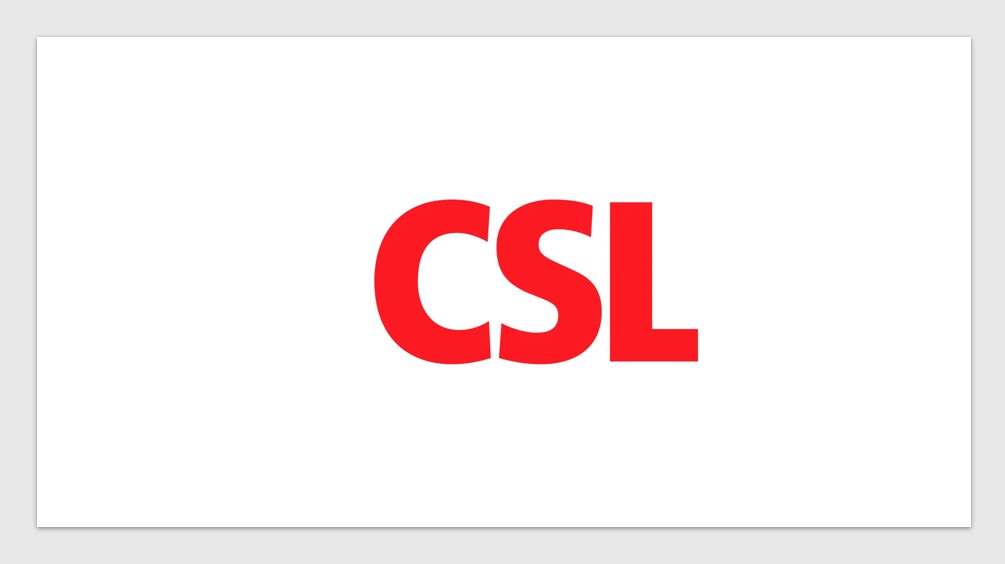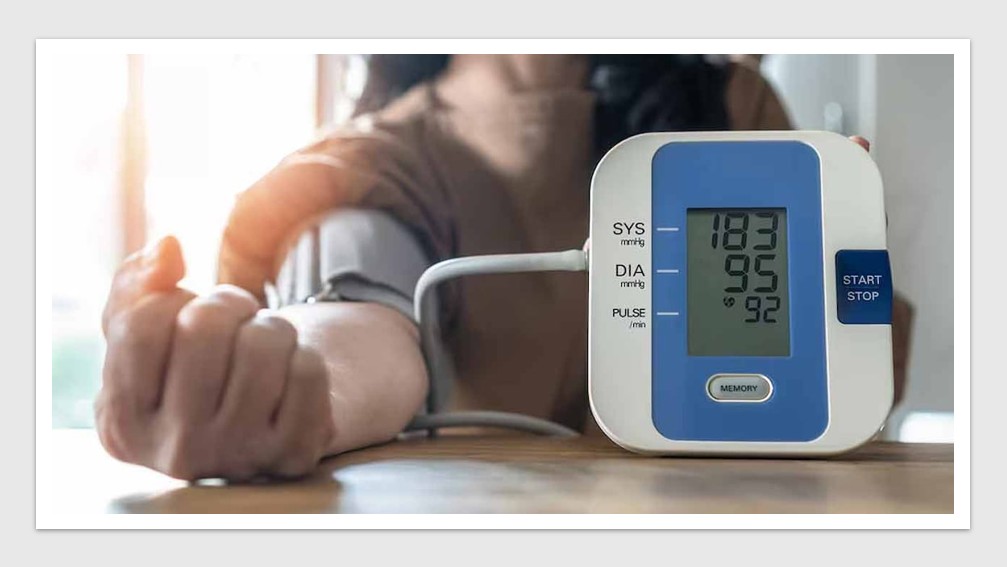Digital & Innovation
The innovation gender divide in Australia

Australian business and industry have significant issues with gender parity. Although much is made of the almost 30% representation of women on ASX200 boards, the ASX200 comprises less than 10% of the ASX listed market. The diversity statistics on the other 90% of listed companies are rarely measured or discussed.
“On International Women’s Day, ANDHealth issues a call to action for all government agencies to move towards gender equity in the way they deliver their public funding programs for innovation,” said ANDHealth founder and CEO Bronwyn Le Grice
According to the ANDHealth discussion paper, the Australian Government took the important step of recognising that women entrepreneurs can face significant challenges in getting access to finance to grow their start-up businesses, and that more diversity boosts the broader economy.
Enhance corporate branding and boost thought leadership to attract and retain quality employees. How does your company culture and digital footprint measure up in the Australian Pharma, Medical Devices or Biotech industry? Get the benchmark report by contacting us.
In 2019, it proposed launching the Boosting Female Founders Initiative and will make $18 million in grant funding available, on a co-contribution basis, to female-founded start-ups from June 2020.
This laudable initiative aims to stimulate private-sector investment into innovative women-led start-ups, help female entrepreneurs get access to growth capital, enable female founders to scale up, expand into global markets and become self-sufficient, and boost the economy by increasing the diversity of start-up founders. Following the consultation process, the Department of Industry, Innovation and Science (DIIS) (now the Department of Industry, Science, Energy & Resources, or DISER) summarised challenges to female entrepreneurs in three core areas:
- Access to capital and funding: A major barrier for founders is the ability to access necessary capital
- Access to supportive networks: Female founders expressed difficulty in accessing supportive networks and information to assist their start-ups
- Lack of confidence: A common theme, either in the founders themselves or in their business ideas
ANDHealth was one of the organisations which prepared a submission to the initiative in late 2019. However, when we were preparing the submission, we looked beyond the start-up phase to consider how Boosting Female Founders would work within the support broader ecosystem of innovation programs, accelerators, incubators and grants which exists to support these founders on the commercialisation journey between start-up and the raising of capital via a VC round. This journey is typically 3-5 years, or longer – a significant period of time in the life of a company.
The issues relating to the low numbers of female-founded start-ups, and the subsequent low levels of venture capital investment into female-led companies, have been thoroughly covered by several different organisations and in the media. But little or no light has been shone on the ecosystem that many entrepreneurs encounter in the 3-5 years between the two. Even the most gender-diverse VCs (and this is not an excuse for the low levels of VC investment in female-led companies) can only invest in female-led companies if those companies reach a stage of development which fits the investors’ mandates.
The case for diversity is strong. But the reality is, based on our research, that gender diversity in the innovation ecosystem between start-up and capital is in dire straits, and lacks the scrutiny and incentives that are required to effect change.
Suppliers & Service Providers: Enhance business visibility, differentiate your brand and maximise your reach with a new benchmark in industry media. Discover superior performance with our digital media solutions.
The Research
The ANDHealth team researched publicly available data (websites, news releases etc.) to review several key areas, including the accelerator and incubator landscape and key programs which have been instrumental in supporting Australian start-ups and scale-ups at the national level.
Accelerators
ANDHealth reviewed more than 90 Australian accelerators operating across Australia in multiple sectors, 50 of which provide public information on their founders, boards and management teams. Of these 50 accelerators:
- Only 15% are female founded
- Just 22% have a female CEO or managing director
- Women comprise less than 34% of accelerator board roles
From the statistics gathered, it is reasonable to assume that the gender imbalance has some impact upon the experience and experiences female founders have within the accelerator and incubator landscape.
AusIndustry Programs
DISER overseesseveral programs which have been proven to have a positive impact in innovation in Australia.
- The Entrepreneurs Program, which utilises a network of advisors to “access expert advice, funding and incentives to help your business innovate, compete and grow” has just 25 female advisors out of a total of 137 (18.25%).
- The Incubator Support initiative, which “provides grant funding to incubators to deliver support services to Australian start-ups with an international focus” and which recently reduced its total allowable grant size from $500,000 to $250,000, has awarded just 13 grants of a total of 39 (33%) to female-led or co-managed organisations.
- Accelerating Commercialisation (AC) is one of Australia’s most successful innovation support programs. Since inception, it has delivered 437 grants totalling more than $211 million. But from a gender standpoint:
- Only 5 of the 20 Accelerating Commercialisation advisors are women (25%)
- Of the 148 Accelerating Commercialisation grants awarded in the last two years, just 29 went to female-founded or co-founded companies (19.6%)
- Applicants are not required to meet minimum diversity thresholds for boards or management to be eligible
- The Accelerating Commercialisation program does not have disclosed targets to support female led or founded businesses
- Successful applicants are not required to have a gender diversity policy, or report on progress against key diversity metrics (specifically diversity at board and management level)
Unspoken Challenges
Beyond the quantitative aspects of the broader ecosystem, there are other unspoken challenges which confront women in emerging companies. Access to childcare, cost of childcare and a restricted ability to travel can seriously undermine the viability of new and emerging companies founded and led by women.
Forty percent of female business operators have been found to have younger dependent children (aged 0- 14 years).4 These factors are critical when assessing programs to support female founders, as they require a creative approach to the types of support which might be required. For example, there is little point in supporting women to attend training and education, or conferences requiring travel or after-hours commitments, if those women cannot access nor afford the childcare they require to allow them to participate.
Founders and CEOs of small businesses also struggle to access maternity leave cover, and can face significant challenges in continuing to operate their businesses should there be an illness or accident in the family. In addition, female founders and small business owners face having significantly less superannuation than their male counterparts, and their female counterparts who pursue more traditional employment paths. These are all significant considerations when contemplating how to harness the amazing innovation and capabilities among our female entrepreneurs.
The C-Suite Ceiling
One of the key challenges in commercialising technology is a shortage of management talent with demonstrable track records in turning very small sub-economic, high-potential businesses into sustainable, resilient, export-focused ones. As well as supporting female founders, programs which support the development of management skills and capabilities – specifically addressing challenges in scaling businesses – should be considered.
Systemic issues prevent women from progressing from staff and middle management roles into senior management and board positions. Mentoring programs which focus on providing access to emerging leaders in specific industries have been proven to support women to progress into the ranks of senior management, the C-suite and the boardroom. But for women, finding role models and mentors has proven far more challenging than for men.
Programs such as C-Sweetener, a technology platform founded by women, are facilitating global mentoring networks for women entering the C-Suite in the health technology sector, have broken new ground in delivering world class mentoring globally. Participants and mentors come from all disciplines, including business, and bring real world, global acumen to the mentor-mentee relationship.
ANDHealth Recommendations | Creating Active Change
If the positive impact of diversity is acknowledged and recognised, i.e. that companies with greater diversity deliver the greatest returns to shareholders, then it stands to reason that our innovation support programs should actively encourage female participation across the board, and throughout the commercialisation pathway. If our objective is to support high performing, high potential companies, then diversity must become a key criterion for eligibility and assessment. And if equity is our ultimate goal, then targets for the support of diverse companies should be set.
By considering the use of criteria for eligibility, selection and reporting within existing funding programs, policymakers could deliver immediate and lasting positive change within our innovation ecosystem. The Government’s policy of gender parity within government departments demonstrates the impact that a shift in policy can have in a short time. As of 30 June 2019, women held 47.9 per cent of government board positions in the Australia, as per government statistics.
This 50% target could easily be applied to the network of Entrepreneurs Program and Accelerating Commercialisation advisors, and advisors of other State and Federal programs. In turn this would create a more balanced landscape for founders approaching these advisors, who are key in successfully navigating the various programs successfully.
Within the programs themselves, analogous to some of the reporting required by listed companies, requirements could include:
- Eligibility criteria for grant programs to include minimum diversity thresholds for management and boards to incentivise recruitment, retention and promotion of female executives and board members within the system and to provide active policies in support of moving towards a more equal balance of gender across the ecosystem.
- Successful applicant companies to maintain minimum diversity thresholds at board and management level for the life of the grant.
- All government funding programs to require organisations to have a diversity policy and stated diversity targets, which are to be included in all grant and milestone reporting.
- Government programs to be provided with active targets to meet with respect to ensuring programs recommended for funding meet diversity thresholds (e.g. a minimum of 40% grant recipients to be female founded/led).
Although Australia continues to make progress in relation to gender equity, the pace of change is slow. These recommendations, if adopted, would be a powerful tool in dramatically rebalancing the landscape and creating equity in our innovation economy.
You may also like J&J and Apple launch new mHealth study to reduce the risk of stroke
News & Trends - Biotechnology

CSL reshapes R&D while bracing for U.S. tariffs
Australia’s largest biotech company CSL is streamlining its R&D operations to enhance efficiency amidst a rapidly evolving global landscape. The […]
MoreNews & Trends - MedTech & Diagnostics

Australia joins Medtronic trial in fight against resistant hypertension
Medtronic has launched an international clinical trial across Australia, the United States, and Europe to evaluate the feasibility of multi-organ […]
MoreNews & Trends - MedTech & Diagnostics

Medibank launches pharmacogenetic testing while government stalls on insurance discrimination ban
Medibank has become the first Australian health insurer to pay towards pharmacogenetic testing (PGx) for eligible customers on Extras cover. […]
MoreNews & Trends - Pharmaceuticals

Global pledge shifts visibility and action for patients with advanced breast cancer
Three breast cancer organisations have united internationally to demand that people living with metastatic breast cancer (MBC) are no longer […]
More